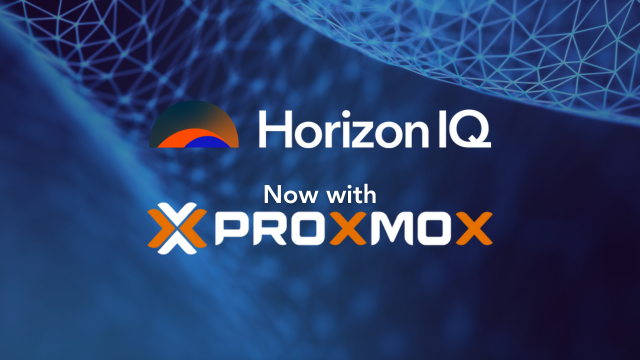
Archival Data Storage 101: How I Learned to Ditch the Tape and Love the Cloud
Backing up data has become a ubiquitous part of running a business today. In a data-driven society, there is too much at risk to not protect one of the most important assets to the business. Many of these risks originate from the inherent “physicality” of the traditional backup process: Manual execution of tasks, physical storage medium, and shipping data offsite in boxes.
The medium-induced risk is no worse than with the typical long-term data archiving process. For the last decade, many businesses have relied on last-generation technology for storing large amounts of data for the long haul (measured in years, not months). Backing up to tape is cheap and gets the job done. But is it still the way to go?
Tape Backup vs. Cloud Backup
Many a backup admin will tell you there are real long-term costs that come with the upfront savings. Safely rotating and storing tapes, testing tape data, and getting a copy of the data offsite add to the complexity and cost of what seems like a money-saving solution.
Even worse? Many businesses will cut additional corners to save time and money while unknowingly adding more risk to the equation. I’ve even heard a cringe-worthy story of a backup admin keeping the box of tape backups in the trunk of their car to fulfill the “offsite” requirement. Is the risk really worth the savings?
Enter the cloud. As we discussed last year, cloud storage comes in several forms and is not a one-size-fits-all product. For instance, public clouds like AWS and Azure offer easy entry into the cloud but have an assortment of hidden costs that may add up in the long term. Amazon Glacier has the lowest cost per gigabyte in the cloud.
Glacier is “cold” storage in the cloud designed for long-term archiving of data. While data put into Glacier has a low monthly cost, additional fees will be charged if you delete data early, or transfer/restore data from Glacier. What’s more, Glacier suffers from many of the drawbacks that tape has: limited ability to test and restore data, long restore times, and little vendor support. In fact, AWS support costs extra.
At the other end of the spectrum are private cloud storage solutions such as HorizonIQ Cloud Backup, also known as Backup as a Service (BaaS). This high-end, enterprise-grade storage solution allows you to take a copy of your onsite Veeam backups and store them securely in the HorizonIQ cloud. Your Veeam software automates much of the process, and you no longer have to worry about those tape headaches that kept you up at night, or if you’re that one admin, wondering if you locked your car.
What is Top-Tier Tier 2 Storage?
With BaaS solutions, however, budget can still be a concern for businesses looking at long-term retention of data. So, HorizonIQ has listened to customers wanting a middle ground: lower-cost cloud storage without the uncertainty presented by public cloud offerings. In December, we launched a second tier of our Cloud Backup solution powered by Veeam Cloud Connect (VCC).
The new “Economy Tier” or Tier 2 storage is a lower-cost BaaS offering that targets bulk and long-term Veeam storage requirements. While it does not come with the advanced features our “Performance Tier” or Tier 1 Cloud Backup storage, it fulfills a role that adds long-term archiving into an offsite cloud backup strategy.
How does HorizonIQ Tier 2 storage stack up against low-cost AWS Glacier storage?
For one, HorizonIQ does not charge for incoming or outgoing data. Costs are a predictable monthly fee per terabyte of data provisioned. Technical support is included for the HorizonIQ repository, as well as the Veeam Cloud Connect (VCC) connection into the HorizonIQ cloud. Secondly, there’s a major flexibility benefit to consider.
Customers can send Veeam backup data that has longer-term retention requirements to Tier 2, or keep critical short-term Veeam backup data on Tier 1 for faster restore times. Tier 1 and Tier 2 BaaS storage can be used together to create a robust backup strategy for Veeam Backups in the cloud.
So in conclusion, it’s time to ditch the tape and love the (right kind) of cloud.
Updated: January 2019



